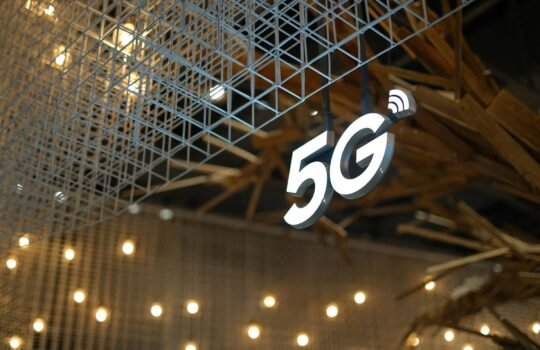هل تعمل معززات إشارة الهاتف الخلوي حقًا؟
Understanding Cell Phone Signal Boosters: How They Work
Cell phone signal boosters, also known as repeaters, are devices designed to enhance the signal strength of mobile phones. These devices are particularly useful in areas where cell signals are weak or inconsistent. The system is composed of three main components: the external antenna, the amplifier, and the internal antenna. Each of these elements performs a crucial role in boosting cell phone signals.
The process begins with the external antenna, which is placed outside the building or vehicle to capture the weak signals transmitted by cell towers. This antenna is strategically positioned to receive the best possible signal, even in areas with poor coverage. Once the weak signal is captured, it is sent to the amplifier. The amplifier, often considered the heart of the system, strengthens the signal, making it more robust and consistent. This enhanced signal is then transmitted to the internal antenna.
The internal antenna, placed inside the building or vehicle, broadcasts the amplified signal within a specific area. This ensures that mobile devices within this range experience improved signal strength, resulting in better call quality, faster data speeds, and more reliable connectivity. The science behind signal boosting is relatively straightforward but highly effective in addressing common issues associated with weak cell signals.
There are various types of signal boosters available in the market, each tailored to specific needs. Home signal boosters are designed for residential use, enhancing signals for multiple users within a household. Vehicle signal boosters are portable and can be used in cars, trucks, or RVs to maintain strong signals while on the move. Commercial boosters cater to larger areas such as offices, warehouses, and industrial buildings, supporting multiple users and devices simultaneously.
Common misconceptions about signal boosters include the belief that they interfere with cell towers or other wireless devices. In reality, signal boosters are regulated by telecommunications authorities to ensure they operate within safe parameters. They differ from other signal enhancement methods like femtocells and Wi-Fi calling, which rely on broadband connections to improve coverage. Signal boosters, on the other hand, amplify existing cell signals, making them a versatile solution for areas with weak or unreliable cell service.
Evaluating the Effectiveness of Cell Phone Signal Boosters: Benefits and Limitations
Cell phone signal boosters have become increasingly popular for their ability to enhance mobile signal strength, particularly in areas where reception is poor. One of the primary benefits of these devices is the improvement in call quality. By amplifying weak signals, signal boosters can reduce dropped calls and enhance voice clarity, making communication more reliable. Additionally, they can significantly increase data speeds, which is crucial for activities such as browsing the internet, streaming videos, and using data-intensive applications.
Another noteworthy advantage of cell phone signal boosters is their capacity to extend coverage areas. This is particularly beneficial in rural or remote locations where signals are typically weaker due to the distance from cell towers. For instance, users in mountainous regions or secluded areas often report a marked improvement in signal strength and connectivity after installing a booster. Real-life examples and user testimonials frequently highlight these benefits, with many individuals expressing satisfaction over the enhanced performance of their mobile devices.
However, cell phone signal boosters for home are not without limitations. One significant drawback is their dependency on existing external signals. These devices cannot generate a signal where none exists; they can only amplify weak signals. Additionally, signal interference can sometimes occur, particularly if multiple devices are being used simultaneously. Legal regulations also play a role, as certain countries have stringent rules regarding the use of signal boosters to avoid interference with network operations.
The performance of a cell phone signal booster can be influenced by several factors. The distance from the cell tower is a critical element, as boosters perform better when they are closer to a strong source signal. Building materials can also impact effectiveness; for example, thick walls or metal structures can obstruct signal penetration. Moreover, the quality of the booster itself is paramount—high-quality boosters generally offer better performance and reliability.
When choosing a cell phone signal booster, it is essential to consider specific needs and environments. Assessing the area of coverage, the strength of the existing signal, and the type of building are all crucial steps. Opting for a reputable brand with positive reviews and ensuring the device complies with local regulations can also help in making an informed decision. By understanding both the benefits and limitations, users can select a signal booster that best suits their requirements, thereby enhancing their overall mobile experience.






